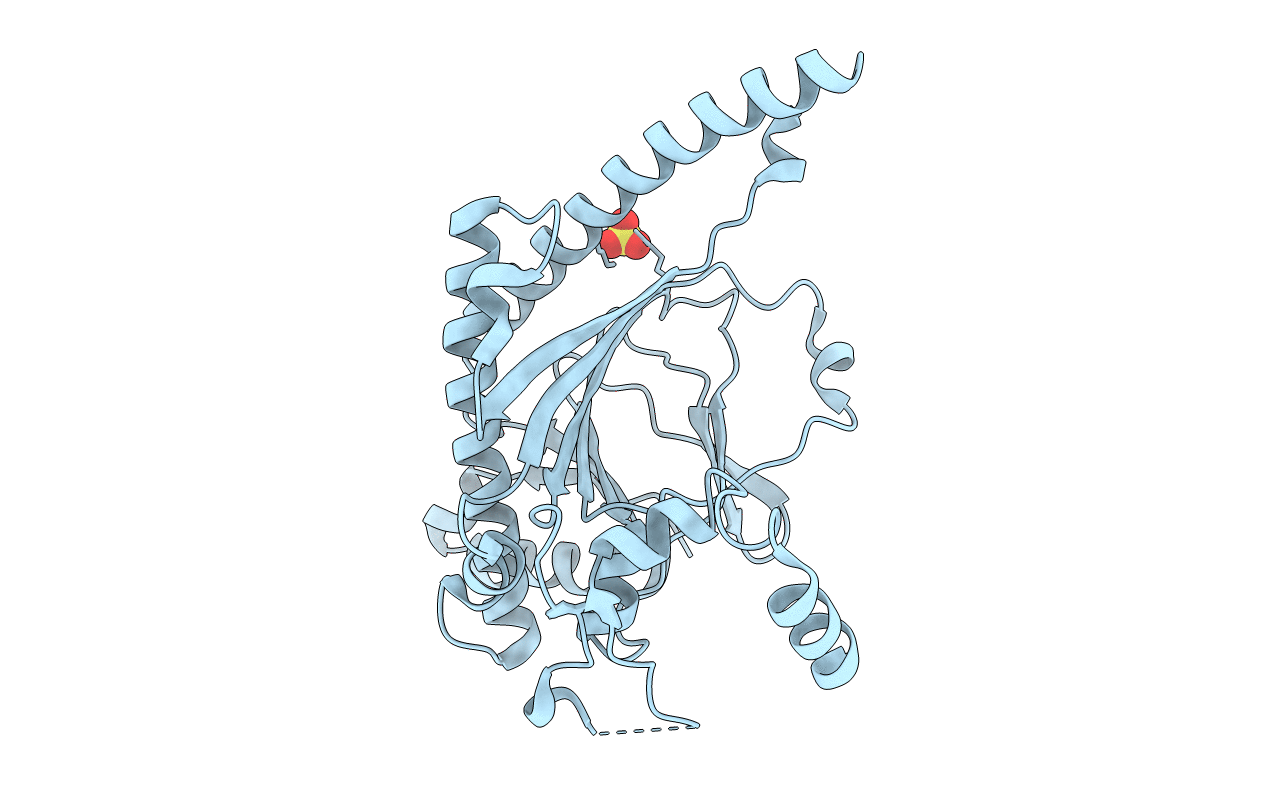
Deposition Date
2004-10-20
Release Date
2005-10-26
Last Version Date
2024-10-16
Method Details:
Experimental Method:
Resolution:
2.10 Å
R-Value Free:
0.29
R-Value Work:
0.22
R-Value Observed:
0.22
Space Group:
I 2 2 2


